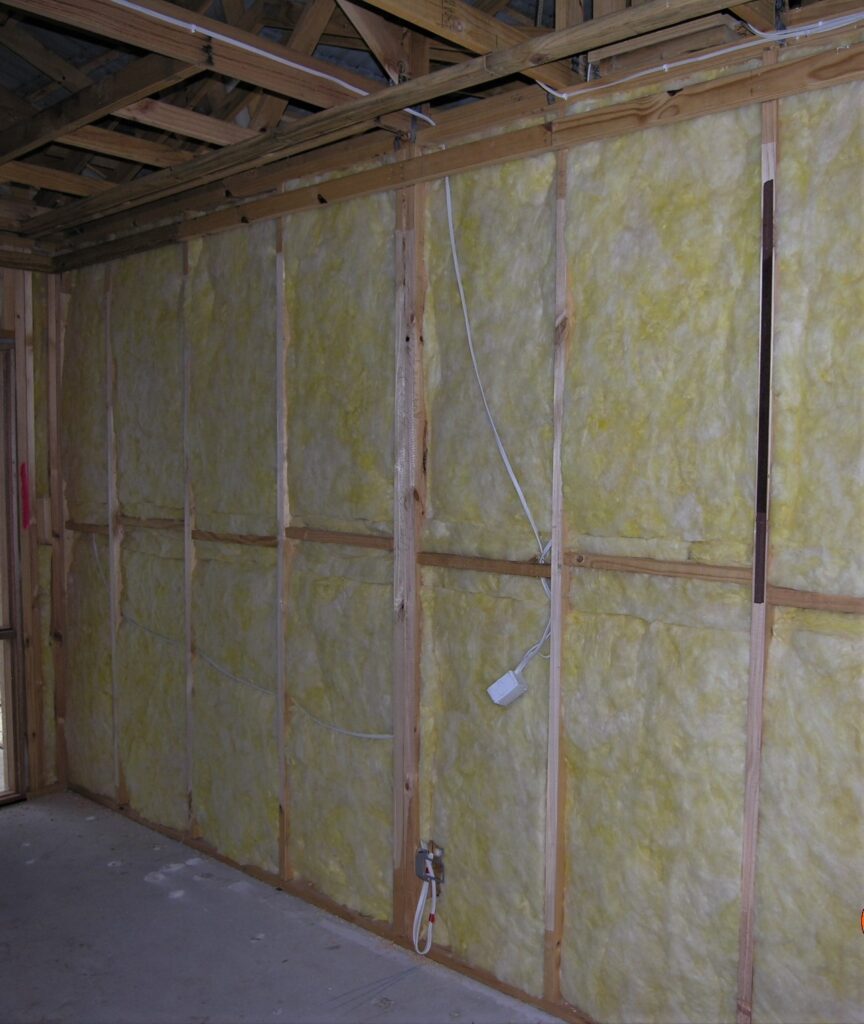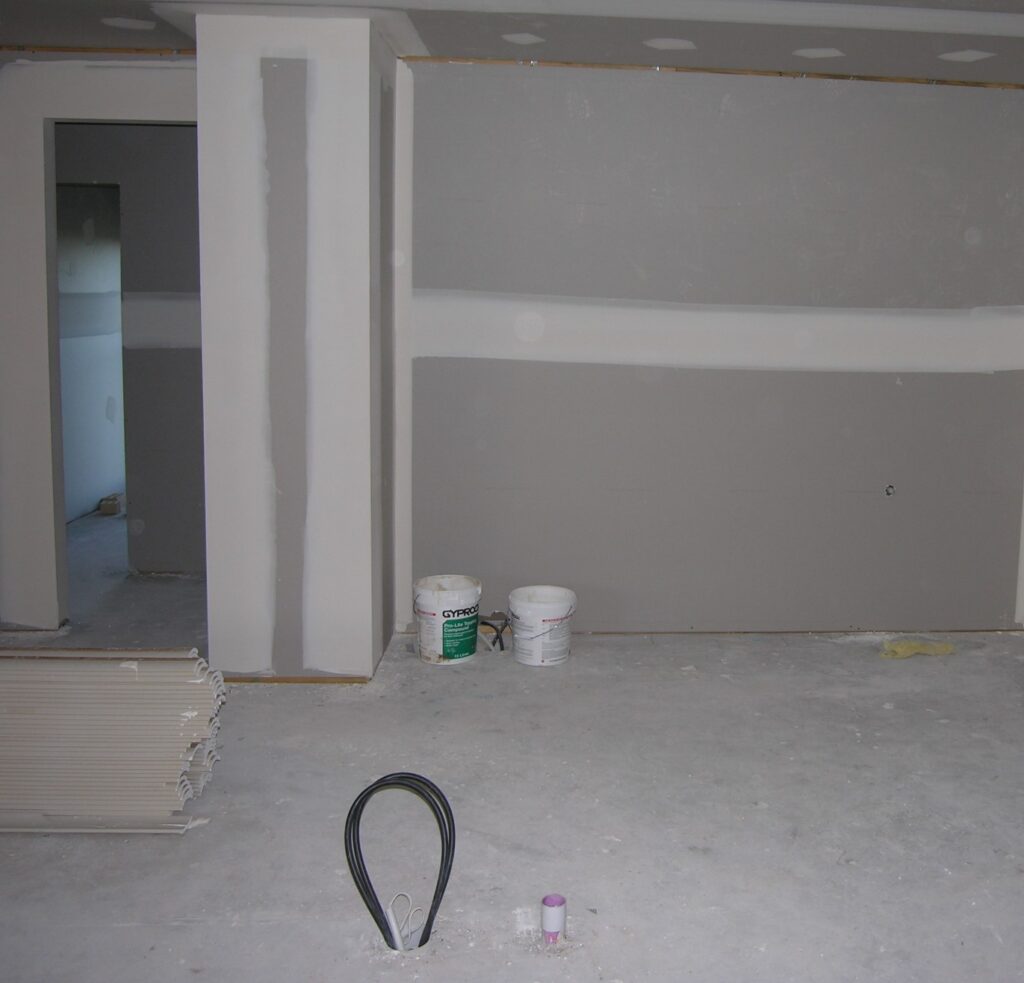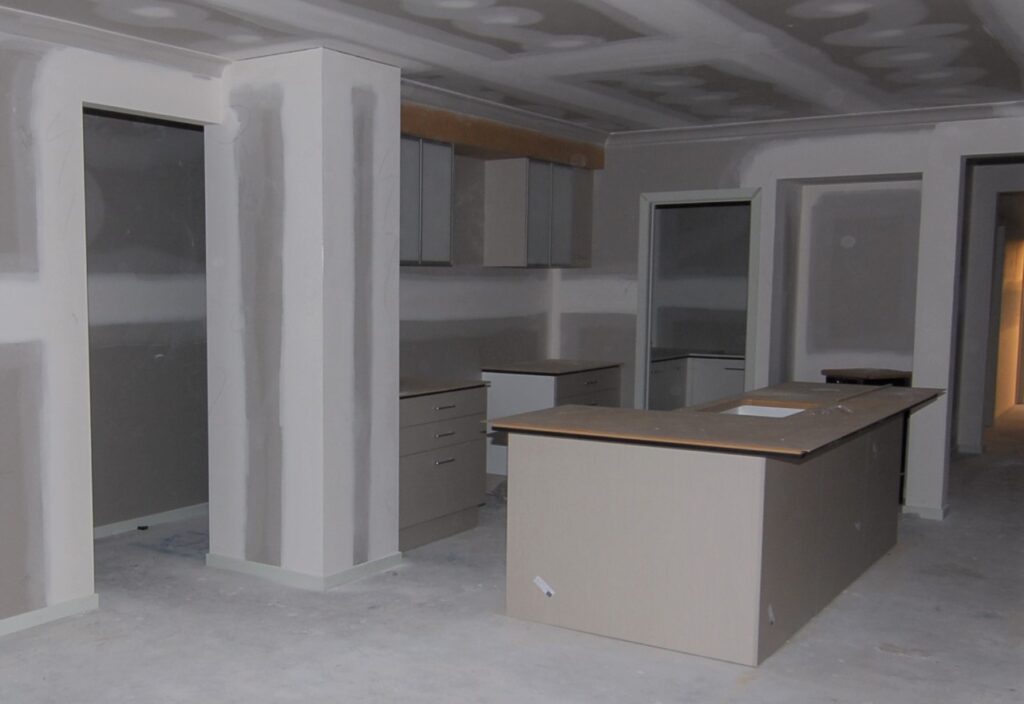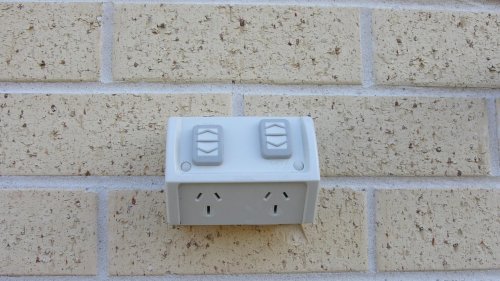Once you have finally decided on a floor plan for your new house with your preferred builder, a contract signing appointment will be organised by the sales team, followed by the colour selection appointment later on.
As with most situations in life, it is better to go prepared.
With the floorplan in mind, have a think about how you will likely arrange the furniture. This will very much impact where you should locate the power points. A typical power point would be a double GPO outlet (a power point with 2 outlets).
Some important considerations to keep in mind are:
1) Locate enough points in rooms / open areas to prevent having to run extension cords later on. Extension cords should not be used on a permanent basis in any room as they are both tripping hazards and potential electrical / fire hazards (think overloading and damaged cords with exposed internal wirings).
2) Plan for the use of a vacuum cleaner throughout the house . The vacuum cleaner that you will lug around to clean the property comes with a fixed cord length. You will have to plug / unplug the appliance as you move from room to room. Heaven forbid that you cannot reach that dirty far corner for lack of a nearby power point.
3) It is always cheaper to specify extra power points during the planning stage so that they are installed during house construction. Many owners do not think about this in detail. They pay the price later when they have to get electricians in to install more points. By then, the plaster walls and ceilings are already installed. To run electrical cables behind existing walls or ceilings and through existing studs / noggings is not impossible but that much harder compared to doing so during the frame stage of construction before the plaster walls have been installed. Electricians (or “sparkies”) generally charge by time spent onsite and for materials. It is not unheard of for owners to have to fork out thousands of dollars for extra points after the house has been built.
4) If you are planning for an open plan kitchen with an island bench top, it is crucial that sufficient power points be factored in right from the start. Electrical cables will need to be threaded through the concrete floor slab on their way up to the island. Therefore, to make good if you missed out on power point completely would be a very expensive exercise in floor hacking and trenching to run additional power cables.
5) Do not forget about needing power points outside of the house! These come in weatherproof casings and are handy to have in areas where you need to power up an electric barbeque or even a water pump for the gardens.
6) Do you really need extra power points in the garage? Of course! It is not unheard of to see occupants running food freezers and power tools within that space (think Man Cave).



But can I do simple electrical works myself?
Unlike in Singapore, all electrical works need to be performed by licensed electricians. These professionals spend 4 years as apprentices as part of their training in electrical works to ensure safety and quality in the works they do.
It is illegal for non-licensed individuals to even do simple repairs like changing a light switch or installing a new power point. In event of a fire due to proven unlicensed electrical works in say a residential property, the insurance company will not be making a pay out to the policy holder.
Suggested further readings
The links below offer further information on Australian electrical safety standards and home electrical safety.






